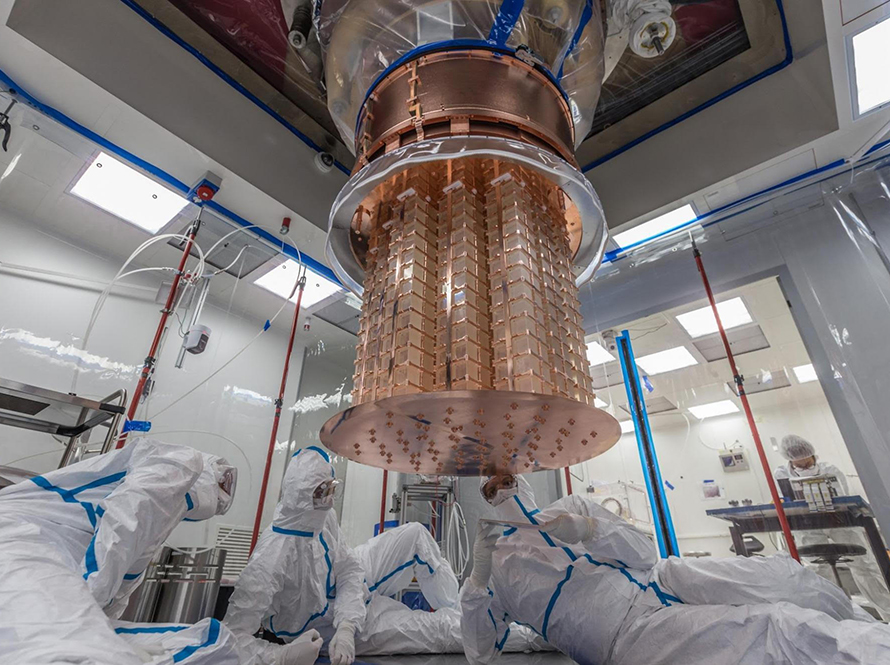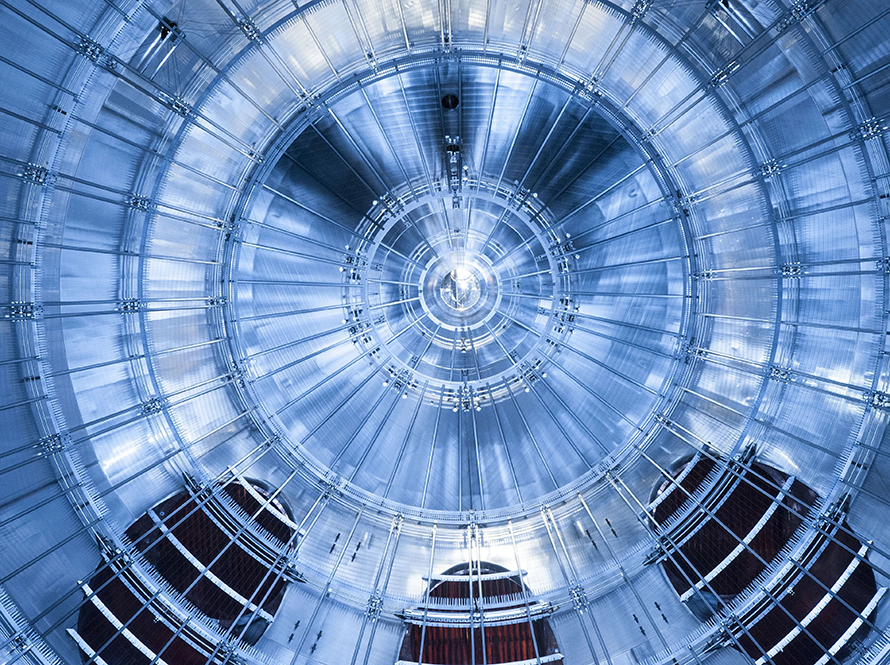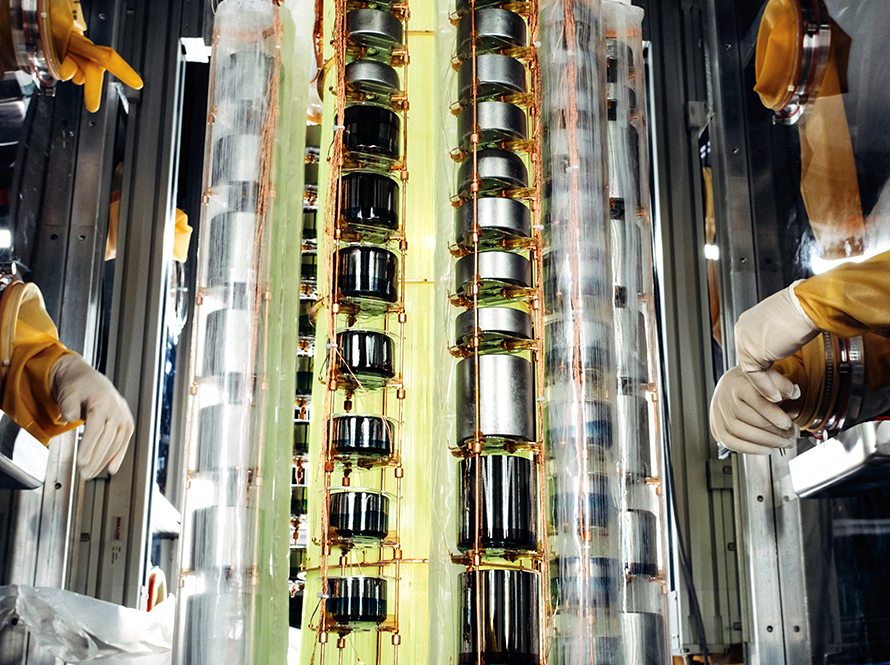
CUORE is designed to detect the hypothetical Neutrinoless Double Beta Decay (NLDBD) of Tellurium-130. This decay, if observed, would suggest neutrinos are Majorana fermions and could explain the universe’s matter-antimatter asymmetry. CUORE uses nearly 1000 tellurium-oxide crystals cooled to an extremely low temperature to detect energy depositions indicative of NLDBD. While CUORE hasn’t yet observed this decay, it has set world-leading half-life limits for NLDBD in Tellurium-130. A proposed upgrade, CUPID, will use lithium molybdate crystals that detect scintillation light from backgrounds concurrently, improving sensitivity and background rejection to potentially discover NLDBD.

KATRIN is the most sensitive operating laboratory experiment to investigate the neutrino mass with an ultimate sensitivity of about 300 meV. By measuring the energy spectrum of the decaying tritium near the decay end-point energy, the neutrino mass can be deduced. The LBNL group uses advanced statistical analysis techniques with NERSC’s HPC system to study the energy spectrum. Project-8 is a next-generation neutrino mass measurement with an ultimate sensitivity of about 40 meV.

Both MAJORANA DEMONSTRATOR and LEGEND projects attempt to seek the answer to the question of whether neutrinos are their own antiparticle by looking for a Standard-Model-forbidden decay called neutrinoless double-beta decay in the 76Ge nucleus.

Neutrinos provide a unique tool to probe the world around us, as well as to understand the matter dominated Universe. Our group works on a set of mutually complementary projects to attack the heart of these questions through both cutting-edge physics analysis, and development of technology to enable next-generation sensitivity.